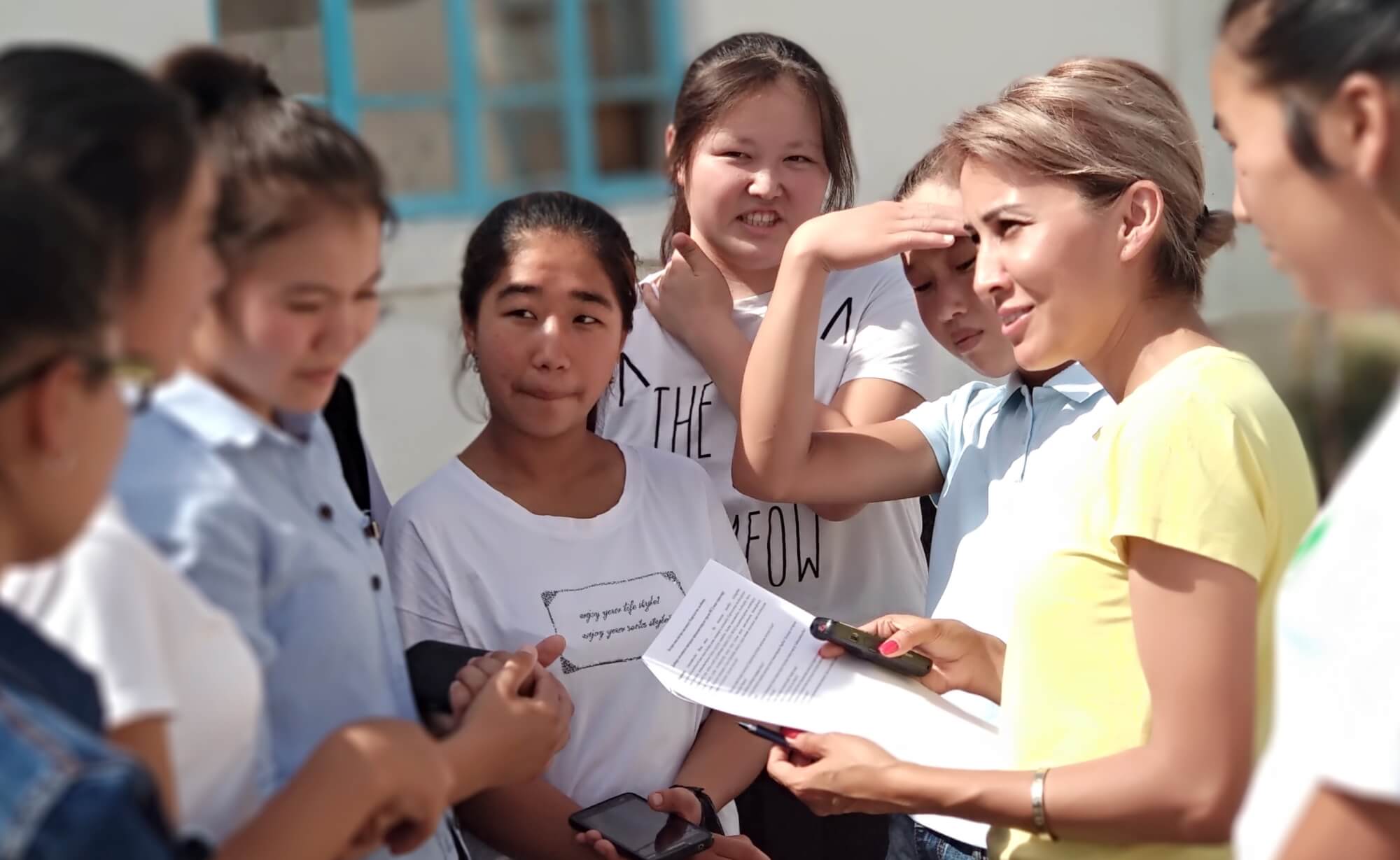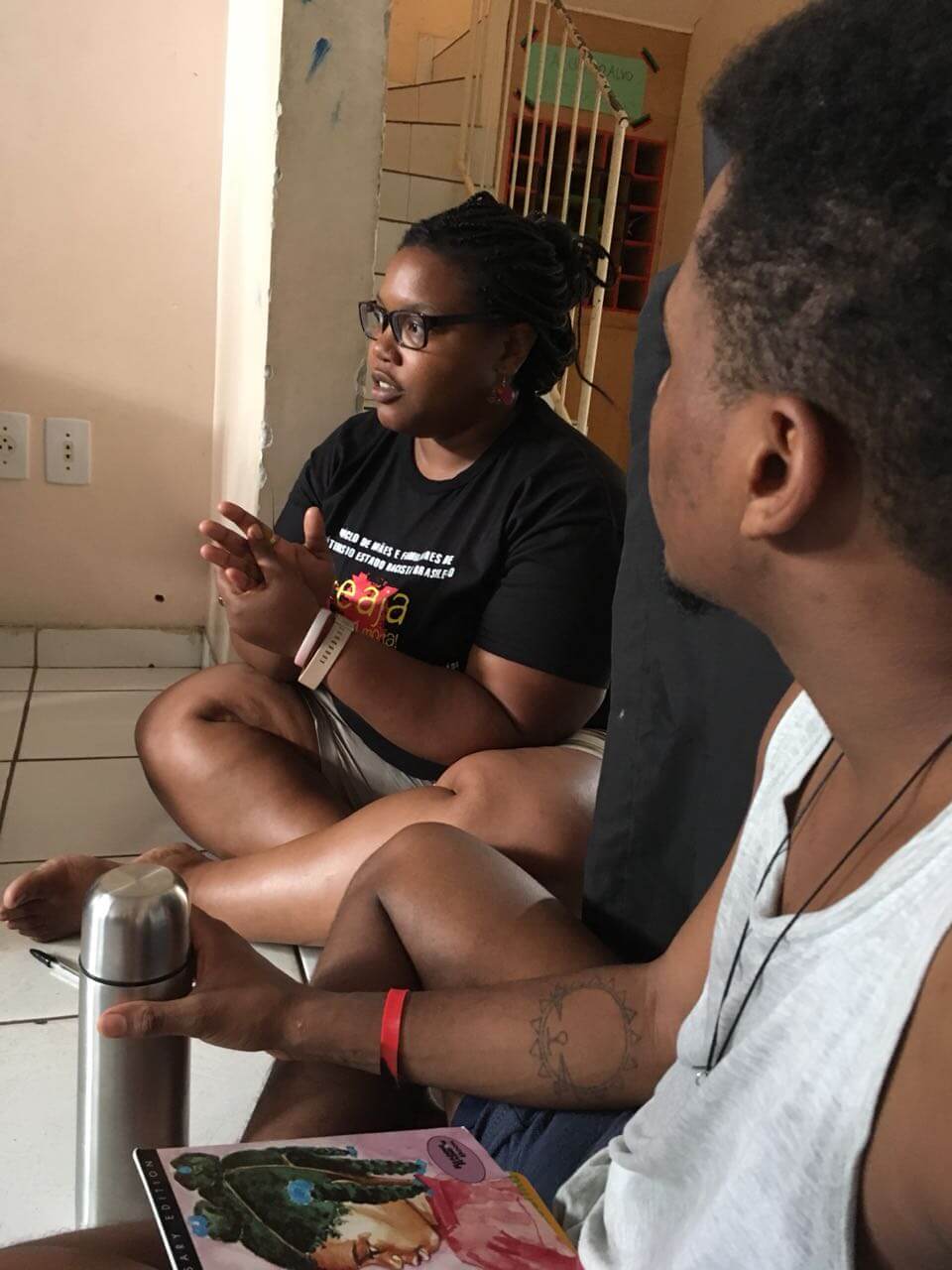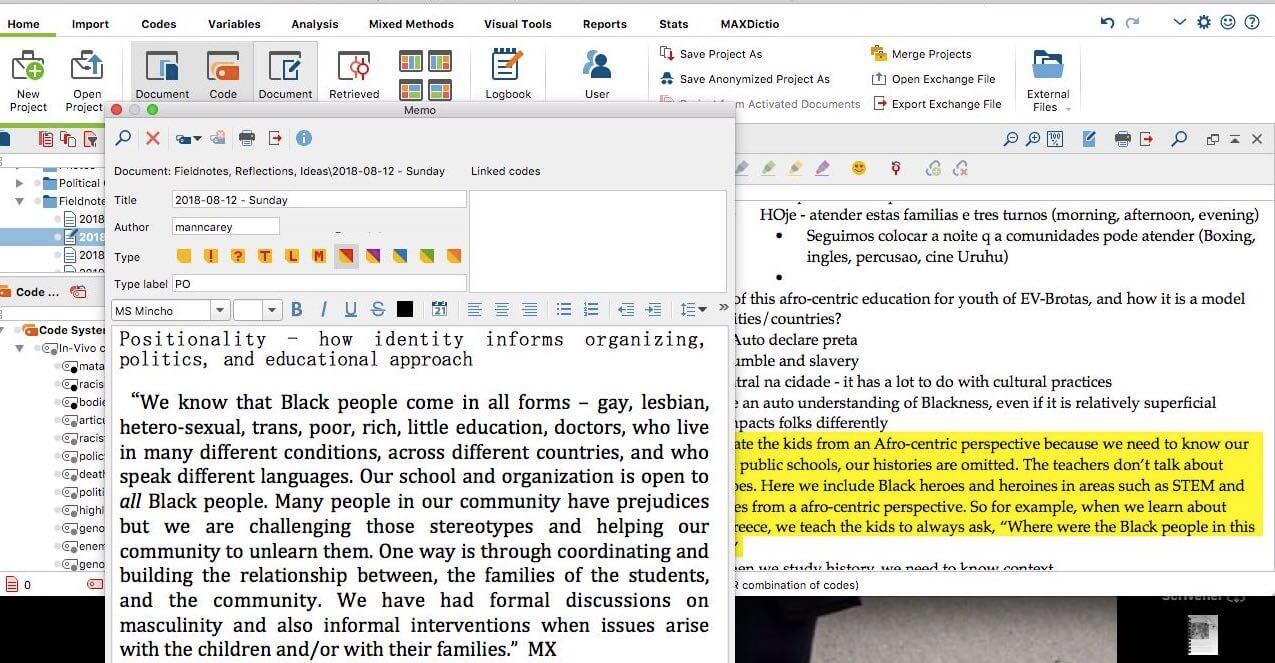MAXQDA supports various methodological frameworks, including grounded theory, by helping you collect, organize, analyze, visualize, and publish your data. This article will walk you through tools that will help you get started with your MAXQDA-supported grounded theory analysis quickly and easily.

What is Grounded Theory?
The central principle of grounded theory is that the researcher’s theories about a topic are constructed based on their data. In other words, by collecting and analyzing qualitative data, the researcher can construct a new theory that is “grounded” in that data. Grounded theory, therefore, begins with the collection of data based on a question rather than the aim to test a hypothesis.
The principles of grounded theory were articulated in 1967 by sociologists Barney Glaser and Anselm Strauss in their book The Discovery of Grounded Theory. The idea of starting with the data in order to create the theory contradicted previous methodological traditions, which mostly suggested that researchers should verify already-formulated theory during data collection.
“Grounded theory is the discovery of theory from data systematically obtained from social research” (Glaser & Strauss, 2009).
Grounded theory remains one of the most popular qualitative methodological frameworks used by researchers today. This may be because grounded theory methodology and its application “foster seeing your data in fresh ways and exploring your ideas about the data through early analytic writing” (Charmaz, 2006). There are also many iterations of the grounded theory process, especially when it comes to coding. This article will, therefore, serve as a practical guide to analyzing data with MAXQDA rather than a methodological assessment of grounded theory itself.
Grounded Theory Analysis with MAXQDA
In grounded theory-based analysis, the researcher generally analyzes the data as follows: finding repeating themes by thoroughly reviewing the data; coding the emergent themes with keywords and phrases; grouping the codes into concepts hierarchically; and then categorizing the concepts through relationship identification. Finally, the categories created through this process, as well as the links found between them, are used as the basis for the development of a new theory.
The main steps in using MAXQDA to analyze qualitative data based on the grounded theory methodology are what we call the ‘4 Cs’:
- coding the data,
- customizing the Code System,
- category building with Creative Coding, and
- constructing theories with MAXMaps.
These steps facilitate an analysis process that gives the researcher the freedom to construct new theories instead of simply collecting data to test how well an established theory applies to the social phenomena they are studying. However, the freedom that grounded theory gives to the researcher may also be one of its biggest challenges when it is put into practice.
With no rigid structure or prescribed rules, researchers must work entirely on their own, which often leads to uncertainty about how to get the analysis process started. Grounded theory research, especially when conducted with the constant comparative method of data analysis, is “a labor-intensive task that requires the researcher to invest time in the processes of analysis and data collection” (Kolb, 2012).
As shown above, the process is much clearer when you use software. With MAXQDA, you can search for data segments as you code the data and have analytical ideas, allowing you to develop the theory in real-time! If you don’t already have a MAXQDA license, download the 14-day free trial to get started:

